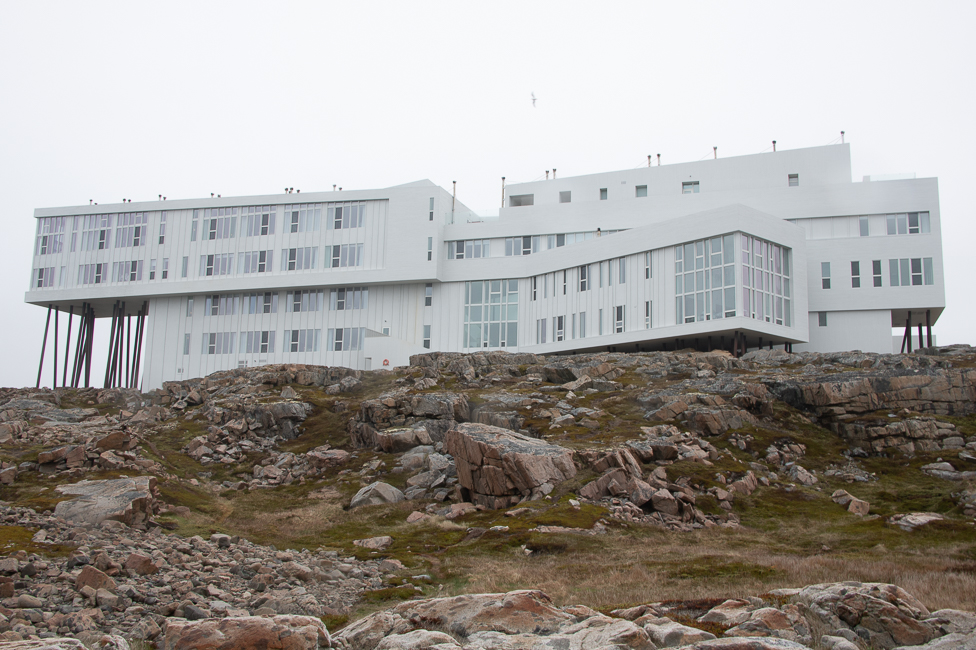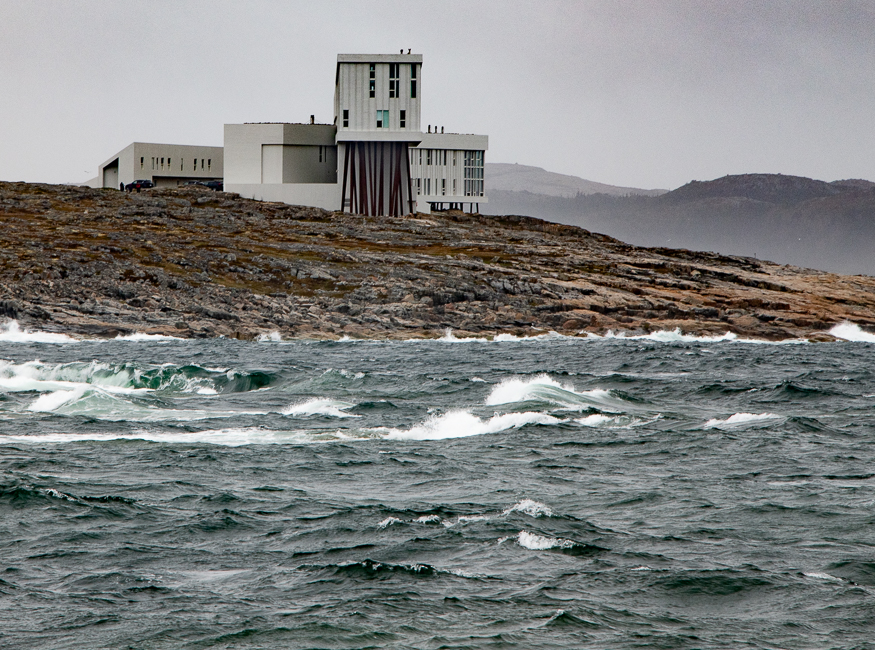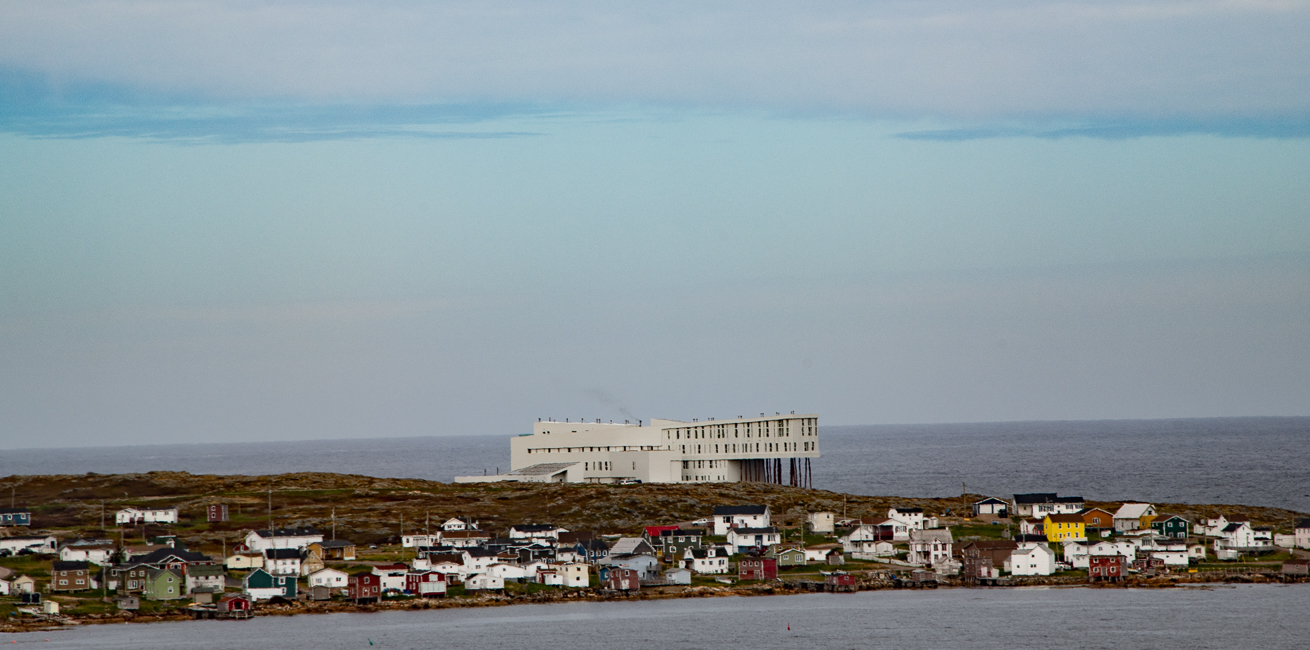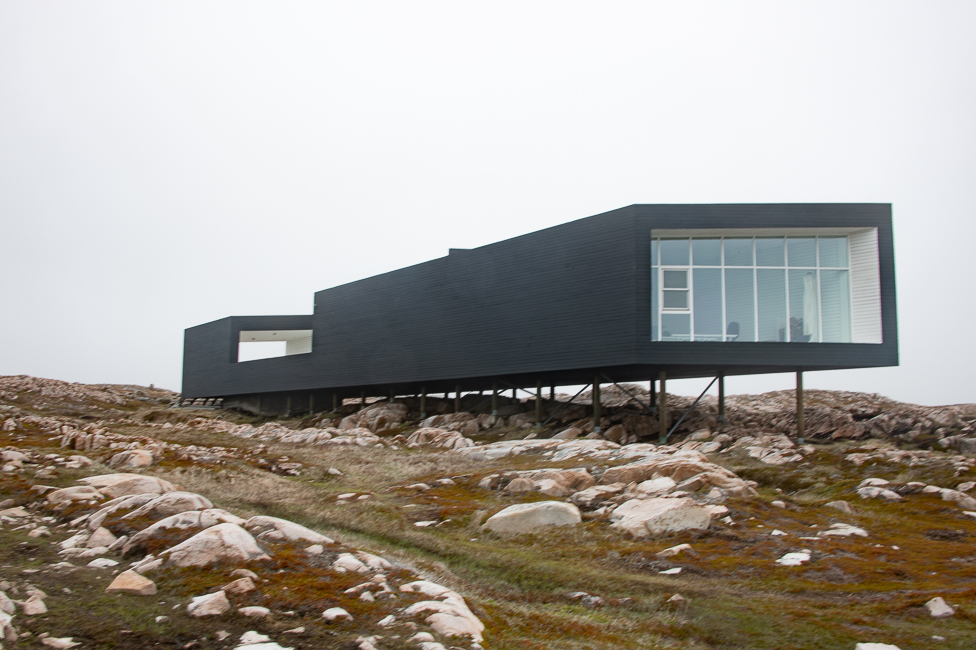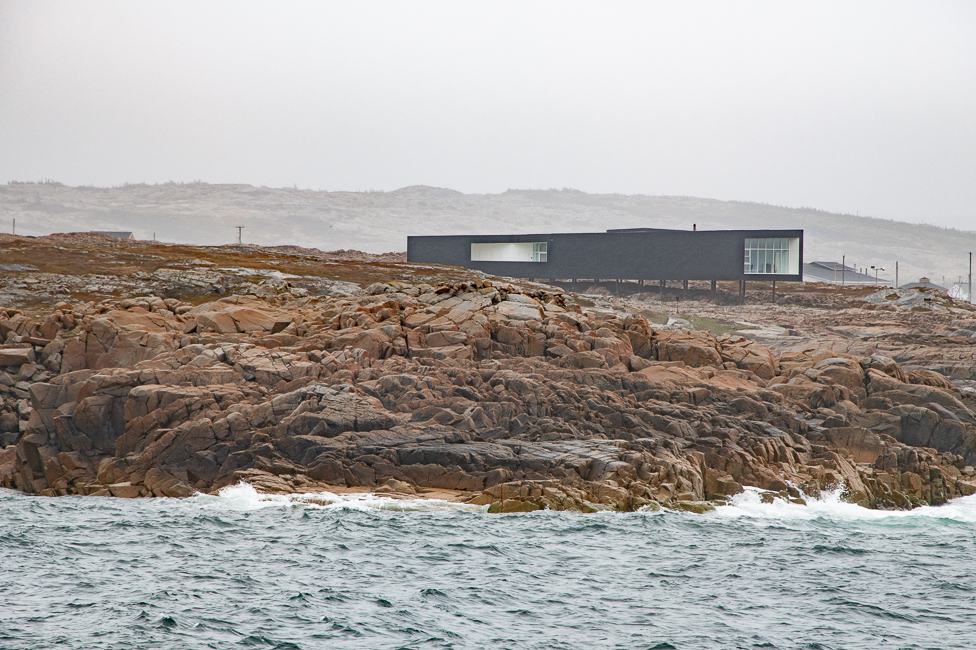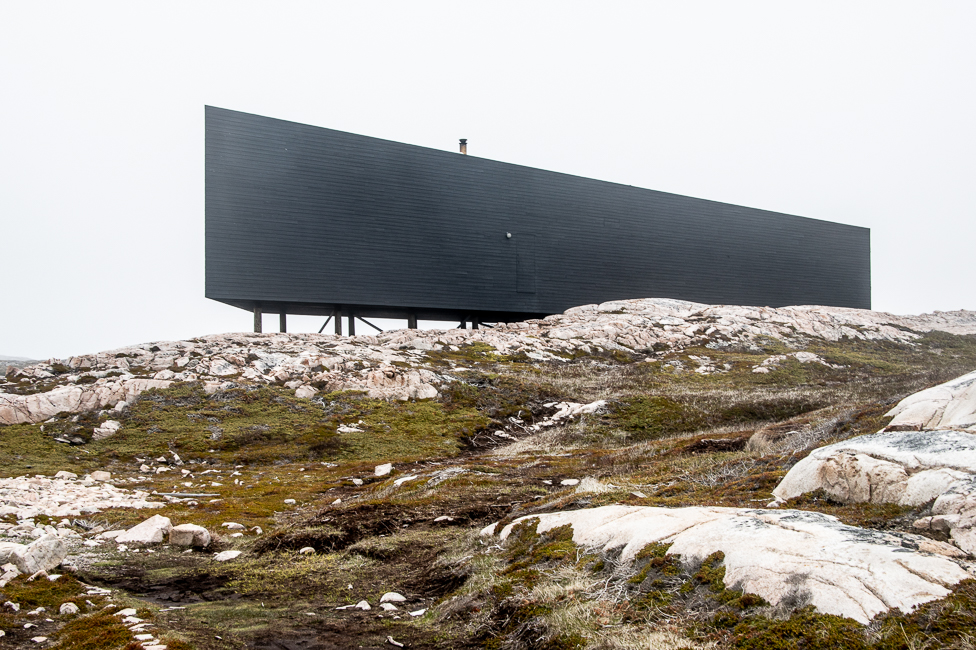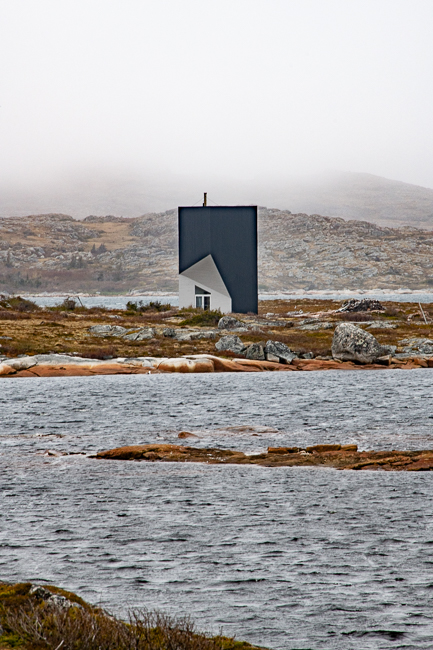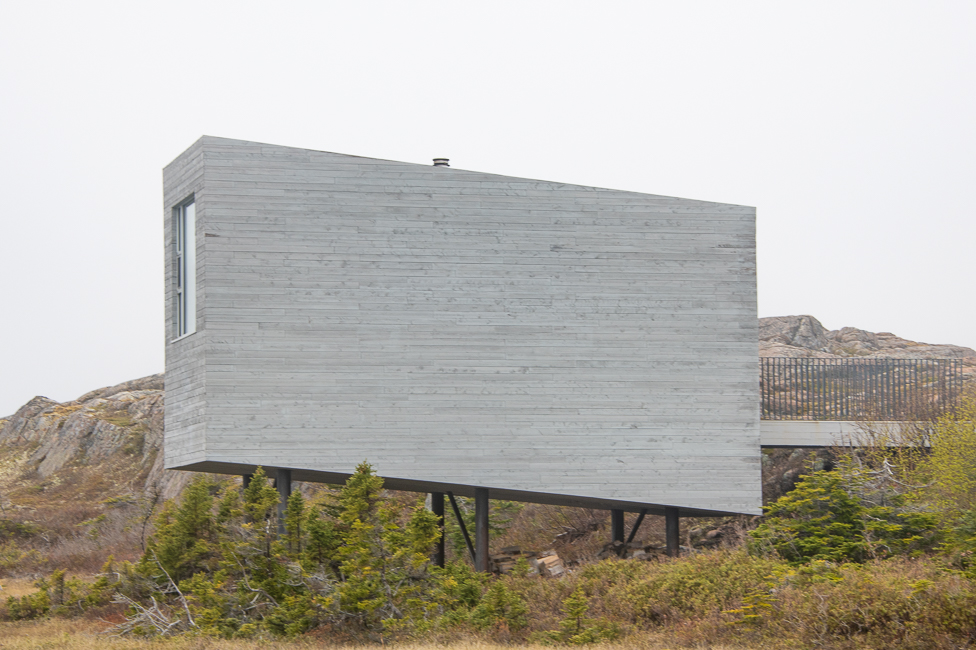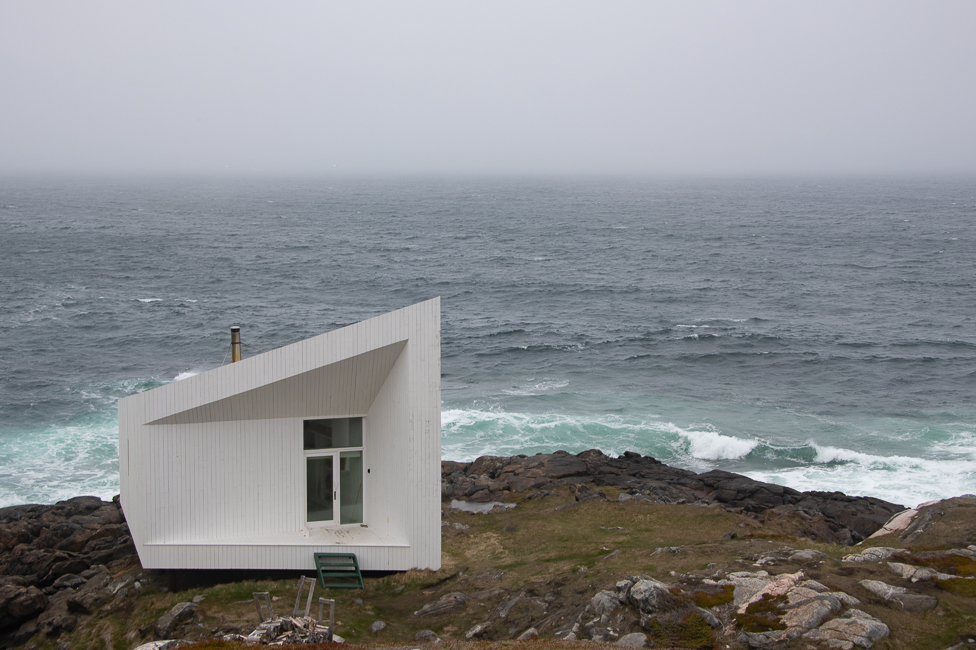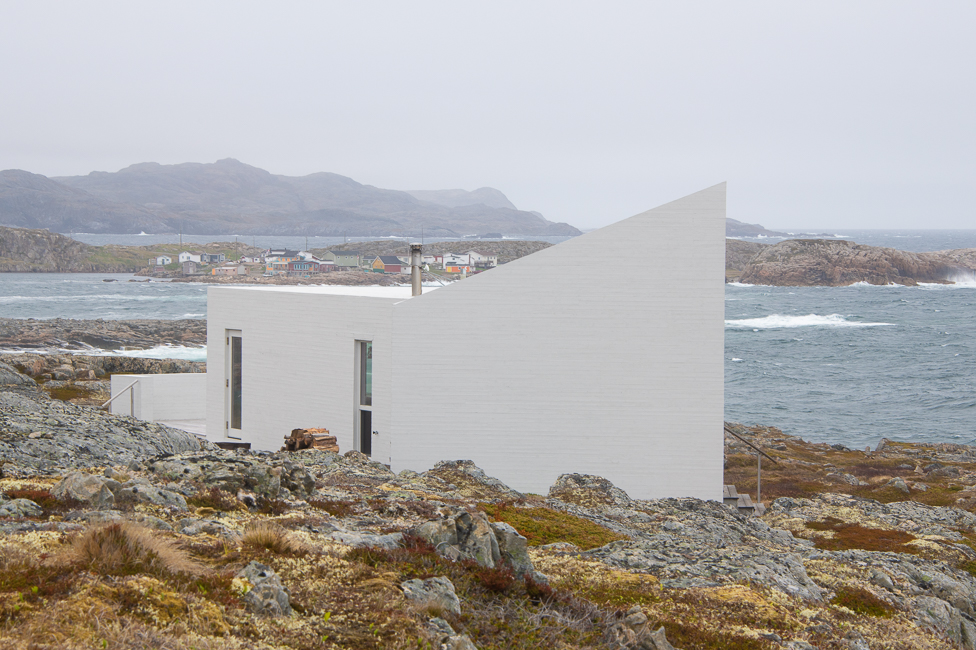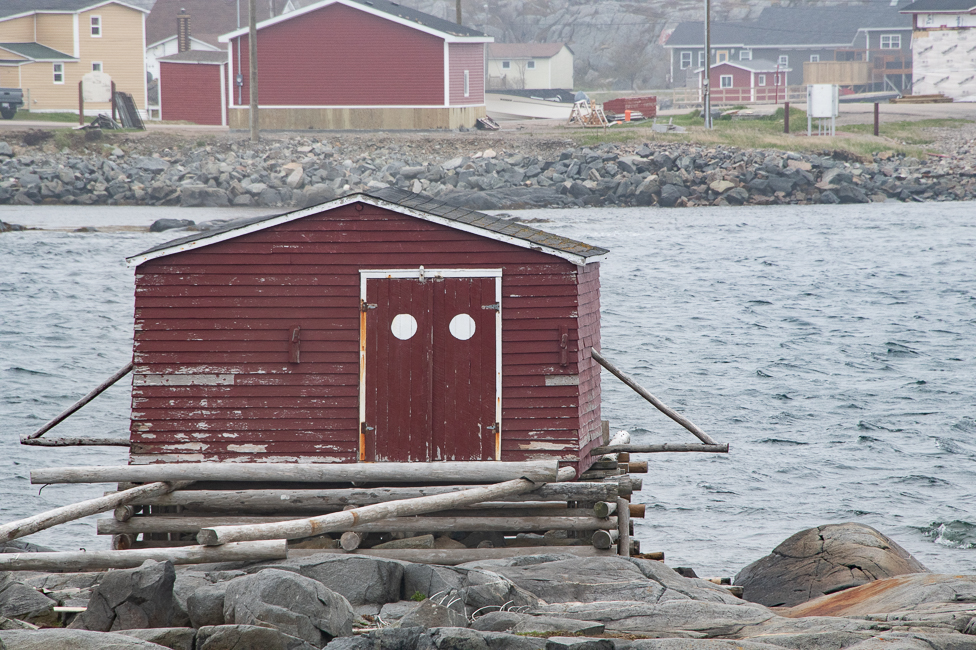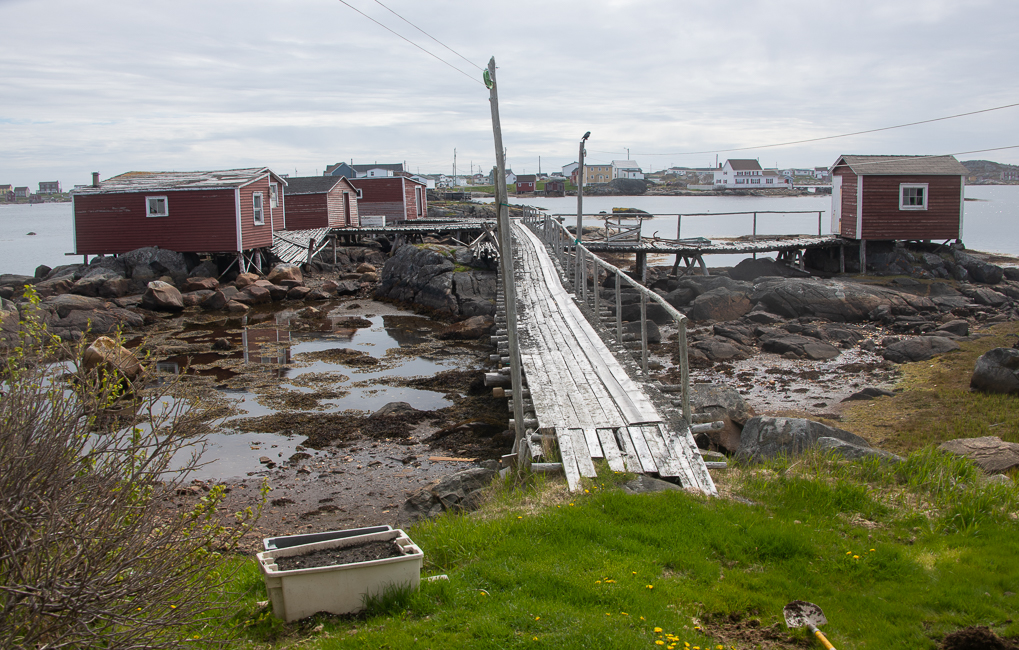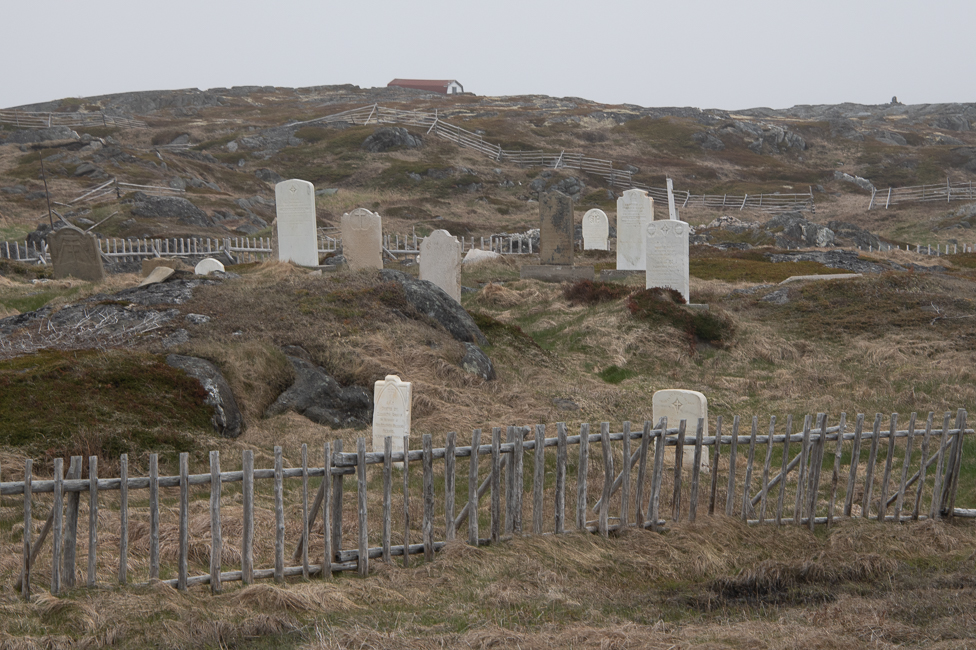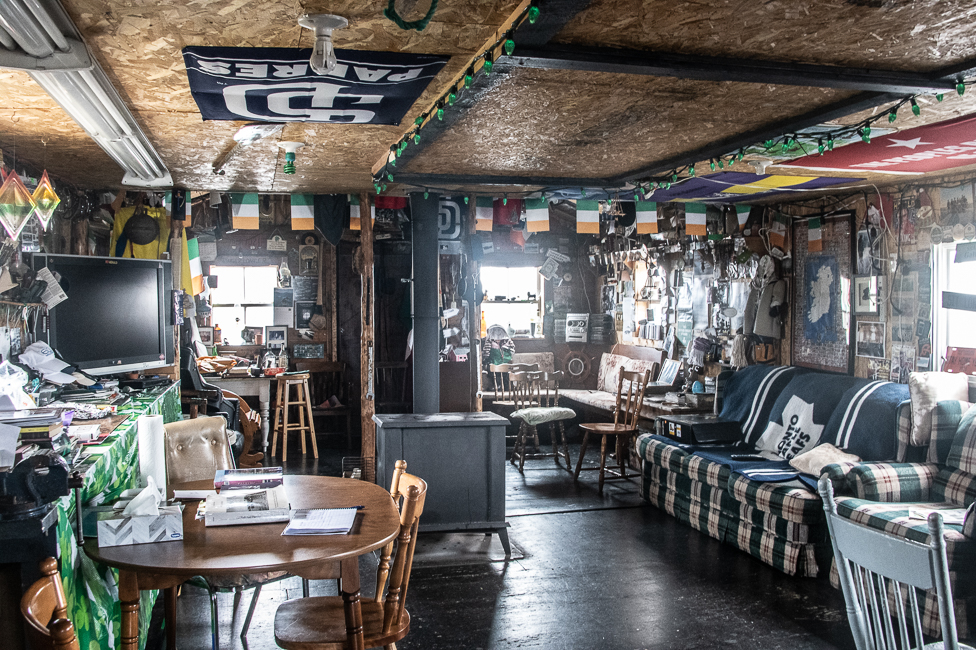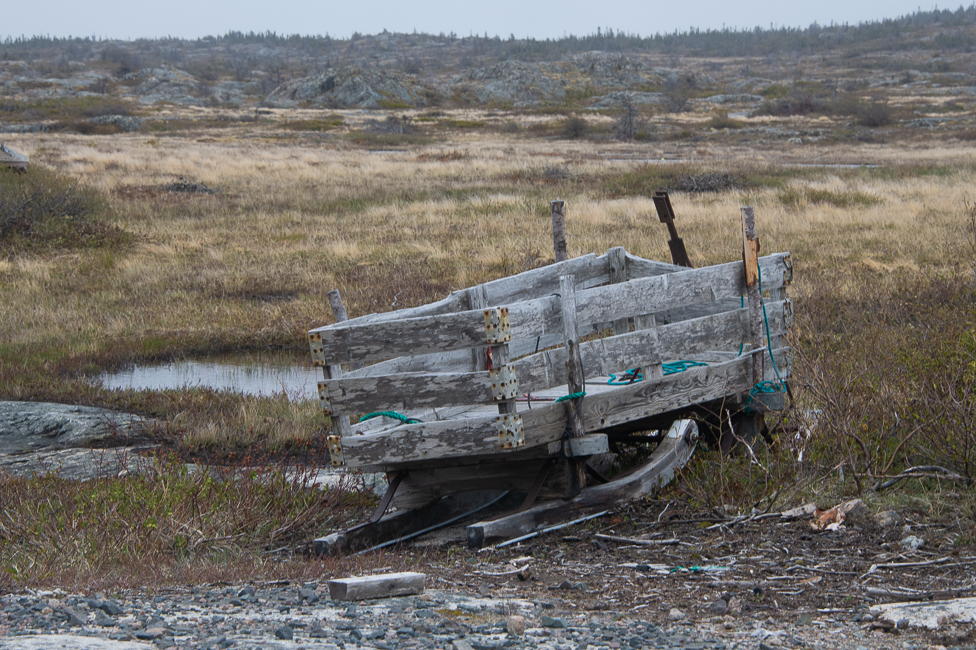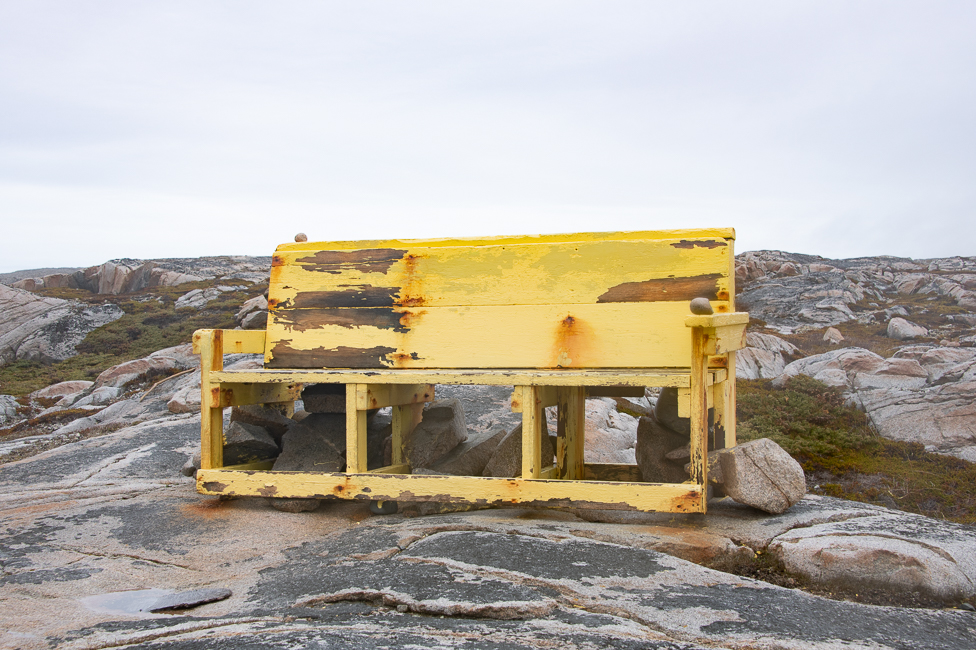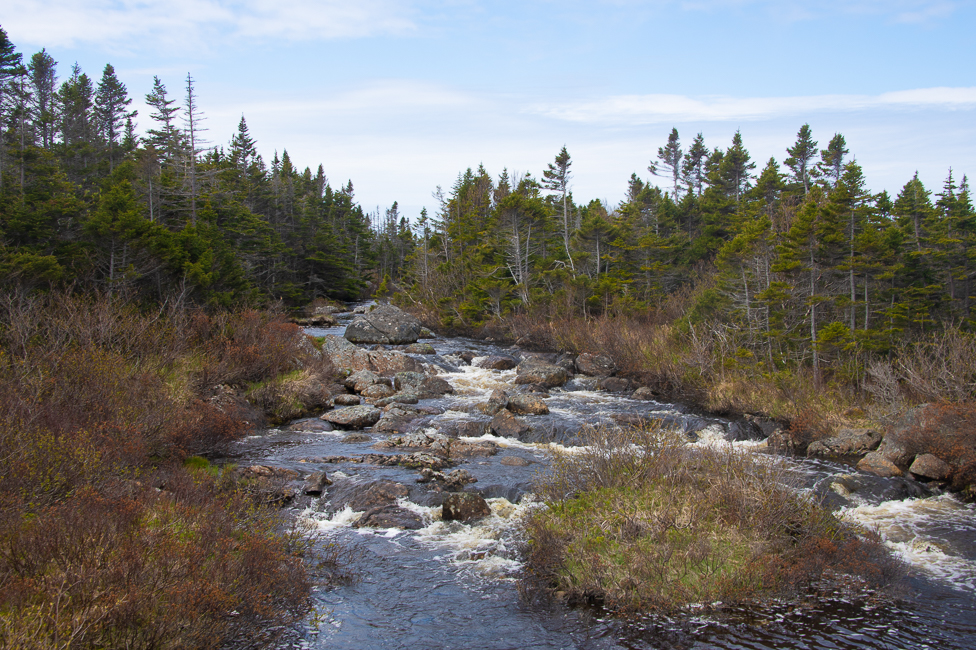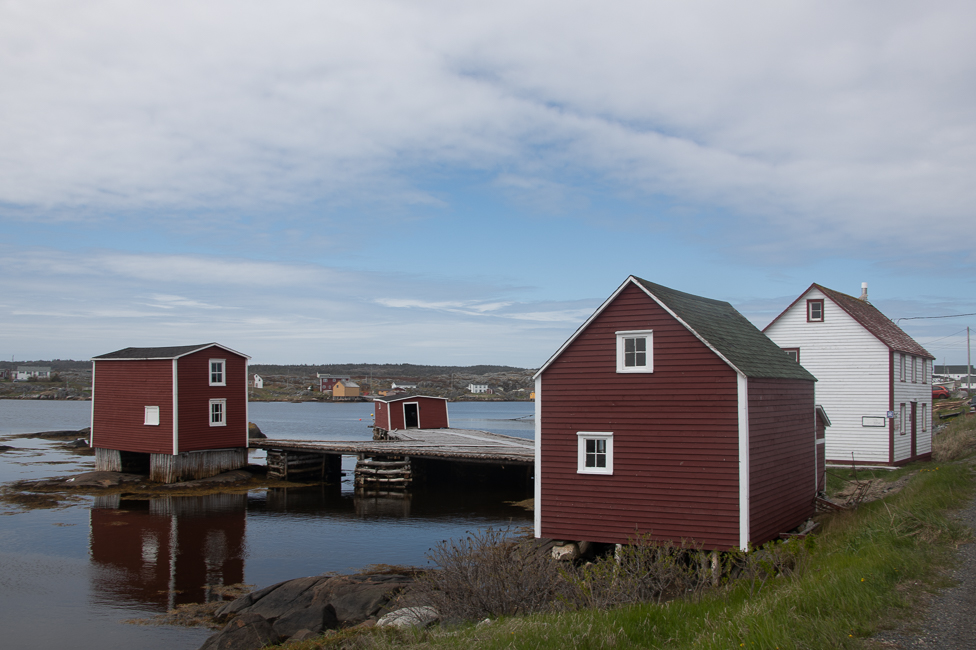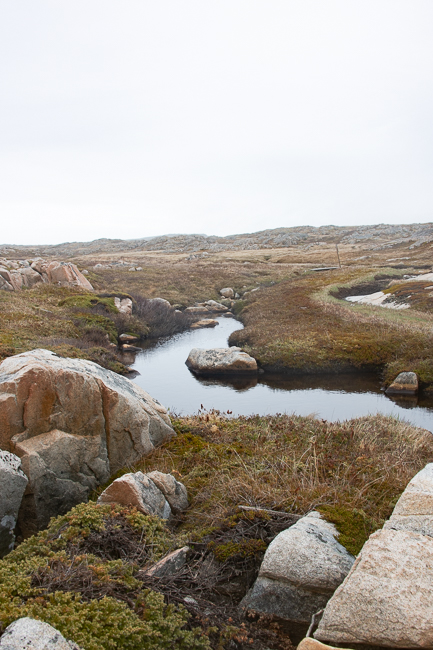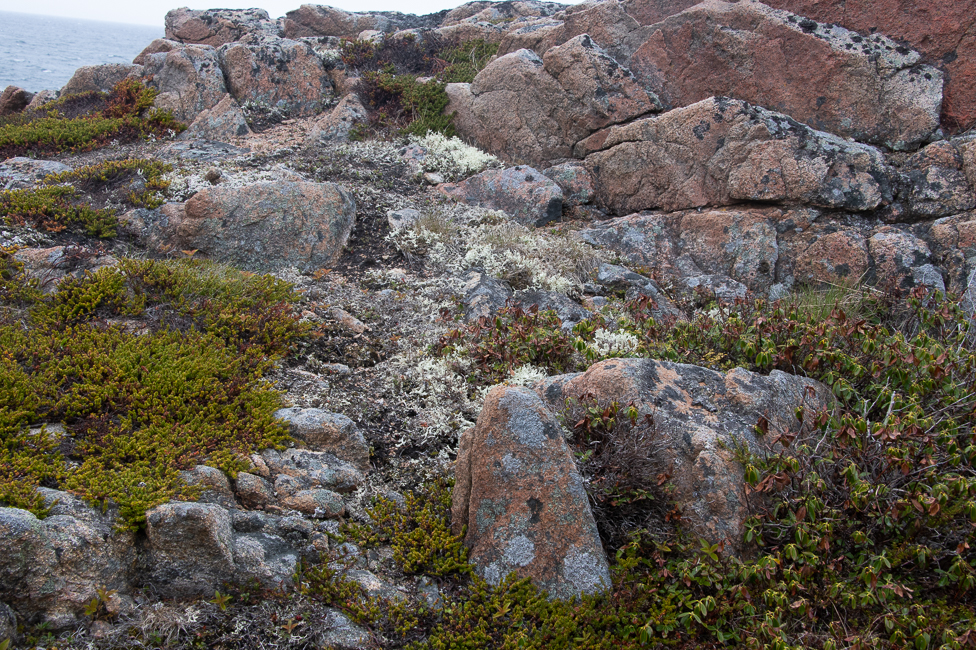June 2022
I saw a picture of the Fogo Island Inn in 2013 when it was completed, right then and there I knew I had to visit. It took a while but I finally had a chance to stay at the Inn.
The most beautiful way to see the building is from the water, to photograph it close up does not do it justice, but that is the best I could do.
The Inn was designed by a Newfoundland born, Norwegian based architect Todd Saunders. The project was the brainchild of Zita Cobb founder of Shorefast, a non-profit foundation helping to maintain the culture of Fogo Island.
The profits made from the inn are reinvested into the local community, helping to strengthen the once struggling economy.
Before the construction of the Inn, four artist studios were constructed as a part of Shorefast’s mission to develop the island as an ecotourism destination and to diversify the local economy which is so heavily dependent on cod fishing. An industry that is not terribly fruitful in this day and age.
The Fogo Island Inn website has stunning pictures of the area as seen year round, and there are hundreds of travel blogs out there about the stay. It is an incredible place to stay, the rooms are unique, the food wonderful, and the people gracious to a fault, but I just want to concentrate on the architecture.
The weather was bleak during my visit, so only a few photos will have to tell the story.
The first studio, Long Studio, was completed in 2010. This was probably my favorite, the massing on this barren land was perfect. It was built specifically to give the locals an understanding and prepare them for the unique architecture of the Inn.
*
Tower Studio, located in Shoal Bay has a loft, rooftop terrace, and a long boardwalk path to the main road, which was under construction when I tried to visit, so I had to settle for a view from afar.
Bridge Studio, located in Deep Bay is a hike of about 10 minutes to get to, and sits looking out at a small lake. I wish I had been able to see inside, but the curtains at the front door were drawn.
Squish Studio sits on a rocky strip of coastline just outside the small community of Tilting. By the time I had gotten to this studio, the wind was howling and the temperatures had dropped considerably. I settled for a photo from afar.
The shed has various uses, but one use is a crab dinner around a communal table.
It is said that most fishing stages on Fogo Island, particularly those located at the end of a long bridge, have a large white dot painted on the door, to help guide fisherman safely to their stages in the dark of night. I think that it was probably something someone did, everyone thought it cool, and it just became a thing.
Fish sheds are where the cod was brought in and the production of salt cod took place. They had to be far out in the water to accommodate a loaded boat, so these long walkways were the only way to reach them.
There is a long history of the Irish in Newfoundland. They came here many years before the potato famine, and thus before they ever arrived in New York. This is the oldest Irish cemetery on the island dating to the 1700s.
Located in the National Historic District of Tilting, The Shed is a lovely representation of the Island’s distinct Irish culture and hospitality. The Shed, known colloquially as “Phil’s shed,” belongs to Fogo Island-born Maureen Foley and her husband Phil Foley. The shed hosts guests and there are shed parties, which according to the owner are just like house parties, but in a shed. There is also an annual pub crawl in September, that I am sure is not only a lot of fun, but rather raucous too.
*
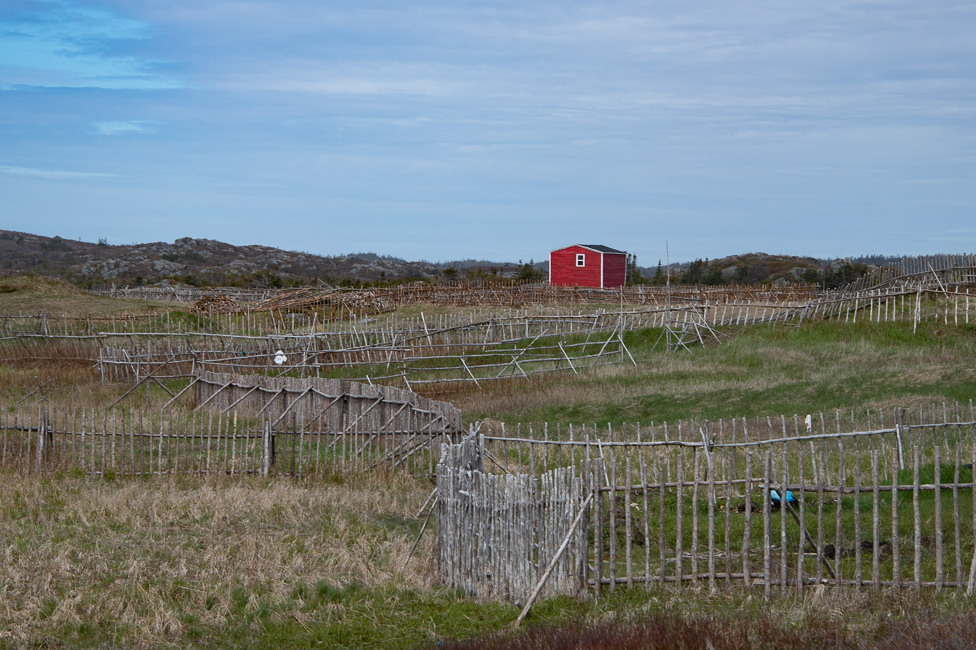
These were gardens in older times, many locals are beginning to bring them back planting interesting new crops. This is in the town of Tilting, and these gardens are specific to the town and the Irish culture.
It took a long time to finally get to Fogo Island, and it is a lovely place. It is horribly expensive, and I am still wondering if it was really worth it. I came thinking I would see things I did not, like ice floes and whales, but I walked away with a wonderful understanding of the cod fishing industry, how it has effected the livelihoods of the islanders, and how they grew up when it was a thriving business. The local people I met, their kindness and openness was worth so very much more than anything, and the true highlight of my visit.
A special thanks to Claire, Martin Foley and Paddy Barry
